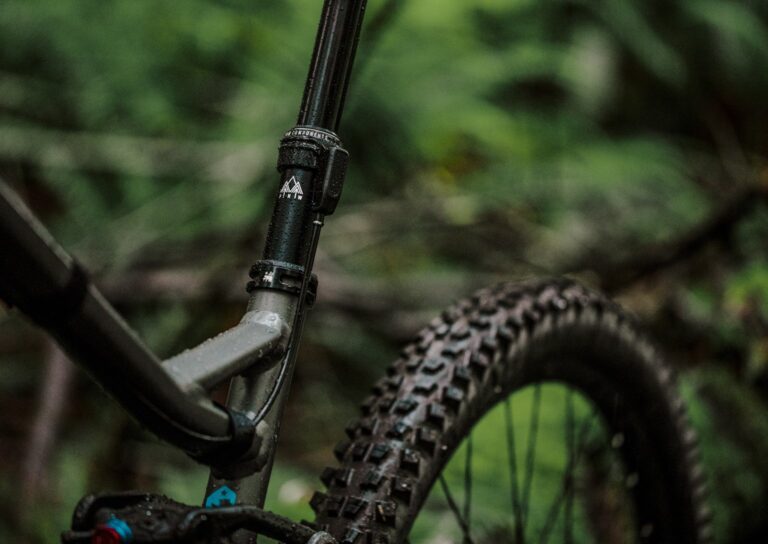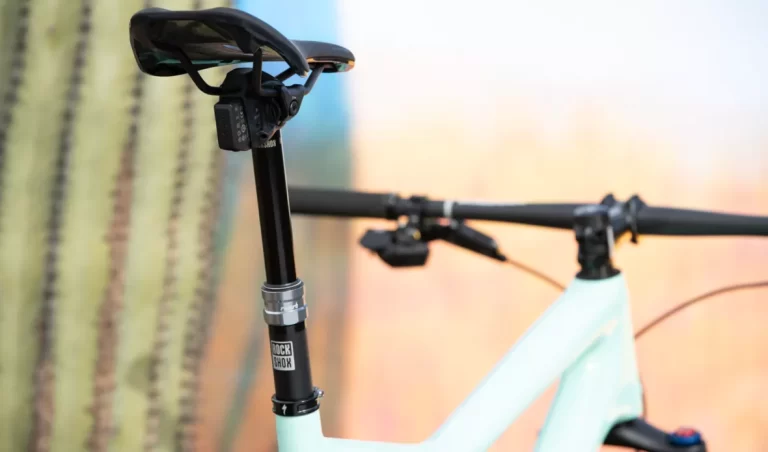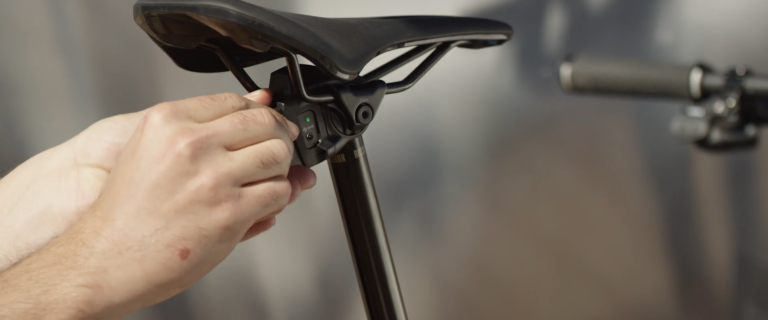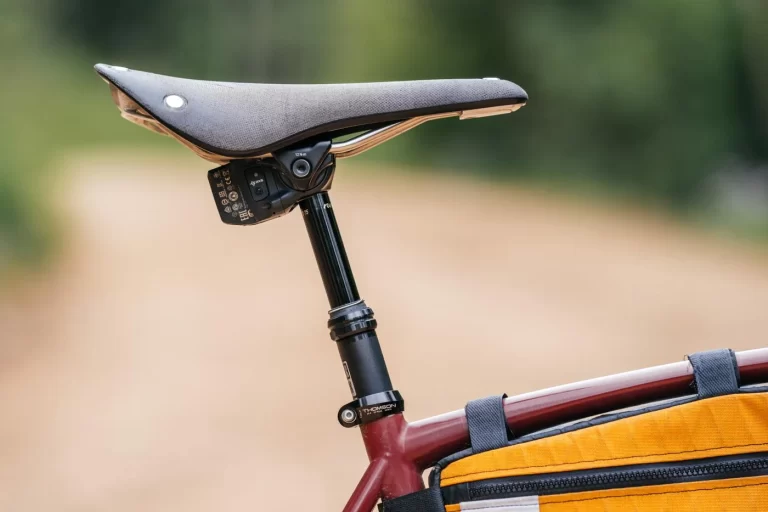Choosing the Right Dropper Post for Your Bike
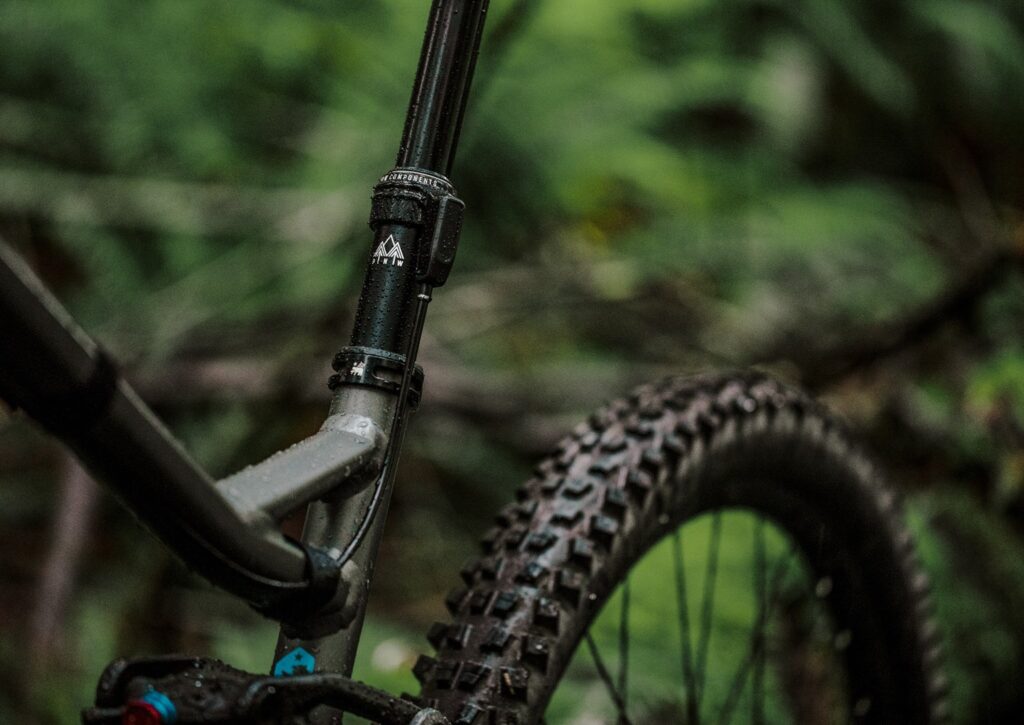
Key Point Summary of Choosing the Right Dropper Post for Your Bike:
- Dropper posts allow for quick seat height adjustments, enhancing bike control on descents and efficiency on climbs.
- Compatibility with your bike is determined by the seatpost diameter, frame design, and internal vs. external routing.
- Travel length should match your riding style and the amount of seatpost clearance your bike frame allows.
- Actuation mechanism can be mechanical or hydraulic, affecting the feel and maintenance of the seatpost.
- Remote lever ergonomics are crucial for ease of use and should integrate well with your handlebar setup.
In the world of mountain biking, gravel grinding, and even adventurous cyclocross riding, the seatpost has become an indispensable tool for enhancing control, confidence, and comfort on the bike. For beginners and mid-level cyclists looking to elevate their riding skills, understanding how to choose the right dropper post is key. Let me guide you through this decision-making process, drawing from a reservoir of insights I’ve gathered along the way.
Choosing the right dropper post involves considering several factors that directly impact its performance and suitability for your bike and riding style. Here’s how to navigate these considerations effectively.
Bike Compatibility and Seatpost Diameter
One of the first hurdles in selecting a seatpost is ensuring it fits your bike. This compatibility largely revolves around the seatpost diameter. Bikes come with seat tubes of varying diameters, and dropper posts must match this measurement precisely. Common diameters include 27.2mm, 30.9mm, 31.6mm, and 34.9mm. My first foray into using a seatpost was nearly thwarted by overlooking this detail, leading to a frustrating return process. Always measure your current seatpost or consult your bike’s specifications before making a purchase.

Choosing the Right Travel Length
The travel length of a seatpost—the distance it can extend or retract—should align with your riding style and the terrain you tackle. More aggressive riders on steeper terrain might benefit from longer travel, typically ranging from 125mm to 200mm, allowing for greater maneuverability. Conversely, less technical or flatter terrains may only necessitate shorter travel, such as 100mm to 125mm. I learned the hard way that too much travel on a bike with limited clearance can lead to an uncomfortably high saddle position at full extension, detracting from pedaling efficiency.
Internal vs. External Routing
The choice between internal and external routing depends on your frame’s design. Modern bikes often support internal routing, which guides the cable inside the frame for a cleaner look and protection from the elements. However, not all frames accommodate this feature. My gravel bike, a slightly older model, didn’t support internal routing, leading me to opt for an external seatpost. While not as sleek, it offered the same functionality without requiring a frame upgrade.
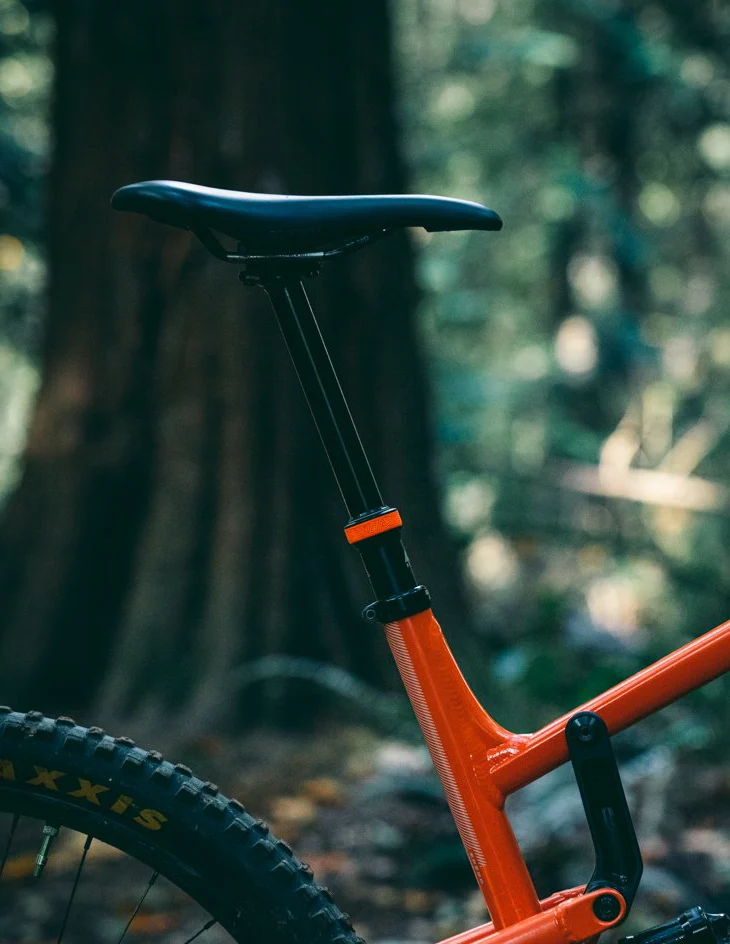
Actuation Mechanism: Mechanical vs. Hydraulic
Dropper posts are actuated either mechanically or hydraulically. Mechanical droppers, which use a cable similar to traditional gear shifters, tend to be simpler and easier to maintain. Hydraulic droppers offer a smoother operation but can be more complex to service. My preference leans towards mechanical systems for their reliability and ease of maintenance, especially when traveling to remote locations for races or adventures where a quick fix is paramount.
Remote Lever Ergonomics
The remote lever, which controls the seatpost’s height, should be easily accessible and comfortable to use. Some levers integrate seamlessly with brake levers or shifters, while others mount directly to the handlebars. Having experimented with various setups, I’ve found that a well-placed remote significantly enhances the seatpost’s utility, allowing for swift adjustments without compromising grip or control on the handlebars.
Wrapping Up
The journey to finding the right dropper post for your bike can significantly impact your riding experience, offering enhanced control, confidence, and comfort on varied terrains. Whether you’re diving into steep descents, navigating technical trails, or simply looking to improve your efficiency on rolling terrain, a seatpost can be a game-changer.
Selecting the top picks for dropper posts involves considering reliability, performance, ease of use, and compatibility across a range of bike types. Here are some standout options that have earned high marks from riders and experts alike, suitable for a wide range of cycling disciplines:
- Fox Transfer Performance Elite: Known for its smooth operation and reliability, the Fox Transfer offers a wide range of travel options (from 100mm to 200mm), catering to various rider heights and bike geometries. Its performance and build quality make it a favorite among mountain bikers and gravel riders alike. The option for internal or external routing accommodates most bike frames.
- RockShox Reverb AXS: This wireless, electronically actuated dropper post represents the cutting edge in dropper post technology. Its key features include effortless operation, precise height adjustment, and a clean setup without the need for external cables. The Reverb AXS is particularly suited for riders looking for top-tier performance and the convenience of wireless operation.
- OneUp Components Dropper Post: Offering one of the shortest stack heights and lengths on the market, the OneUp Components dropper post allows for more travel in a shorter space, making it an excellent choice for bikes with limited dropper post clearance. It’s highly adjustable in terms of travel, providing a custom fit for riders. This post is a great value, combining affordability with performance.
- PNW Components Rainier Gen 3: With an adjustable travel feature, the Rainier Gen 3 from PNW Components offers customization to get just the right amount of travel for your riding style and bike frame. Its durability, smooth operation, and ease of maintenance make it a solid choice for both beginners and experienced riders looking for a reliable dropper post without breaking the bank.
- Crankbrothers Highline 3: This dropper post is renowned for its quality construction, reliability, and smooth actuation. Available in various lengths and travel options, it fits a wide range of bikes and rider preferences. The Highline 3’s emphasis on ergonomic design and user-friendly maintenance makes it a go-to for riders seeking a balance between performance and ease of use.
Each of these options brings something unique to the table, whether it’s cutting-edge technology, customization, or value. When choosing a dropper post, consider how each model’s features align with your specific needs, such as the type of riding you do, the geometry of your bike, and your budget.
John
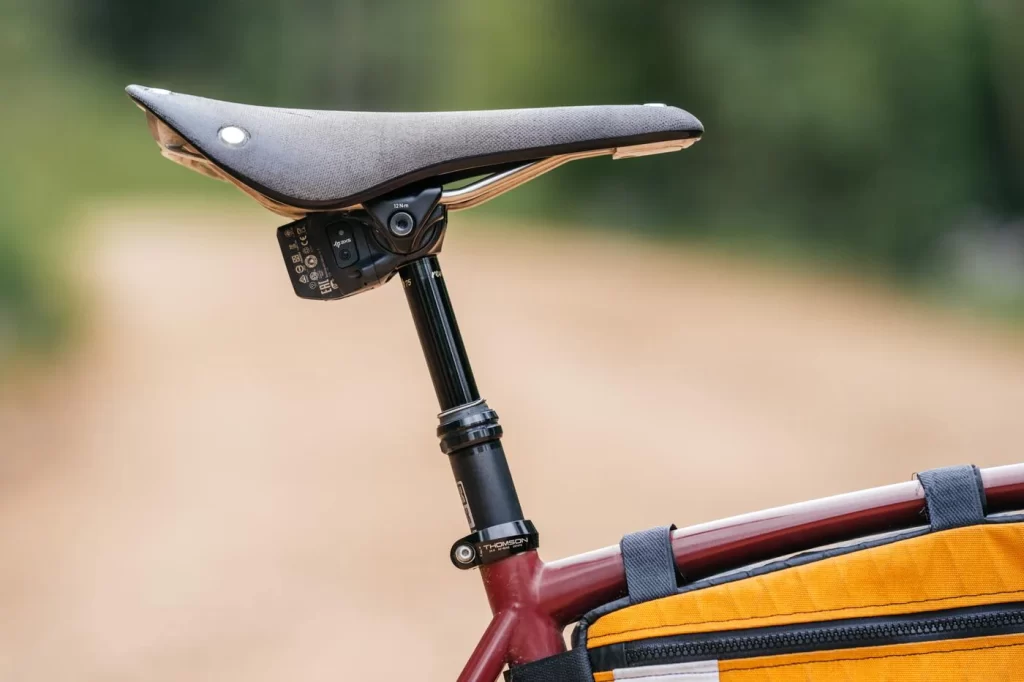
FAQ
How do I know what dropper post I need?
To determine what dropper post you need, consider your bike’s seatpost diameter, frame routing capability (internal vs. external), travel length suited to your riding style, and the total length that can fit your bike while ensuring proper saddle height.
What dropper post will fit my bike?
A dropper post will fit your bike if its diameter matches your bike’s seatpost diameter and if your frame supports the chosen dropper’s routing type (internal or external). You also need to ensure the physical length and travel of the dropper post are compatible with your bike frame’s dimensions.
Can you fit a dropper post on any bike?
Not all bikes can fit a dropper post. Compatibility depends on the frame’s seatpost diameter, routing options (some older or more traditional frames may not accommodate internal routing), and space within the frame for the dropper’s mechanism. However, most modern mountain, gravel, and cyclocross bikes are designed to accommodate dropper posts.
Is 100mm dropper post enough?
Whether 100mm of dropper post travel is enough depends on your riding style and the terrain you tackle. For less technical riding or smaller riders, 100mm can be sufficient, offering enough seat height adjustment for improved control and comfort. However, more aggressive riders or those on more technical terrain might benefit from longer travel for greater versatility and bike control.


